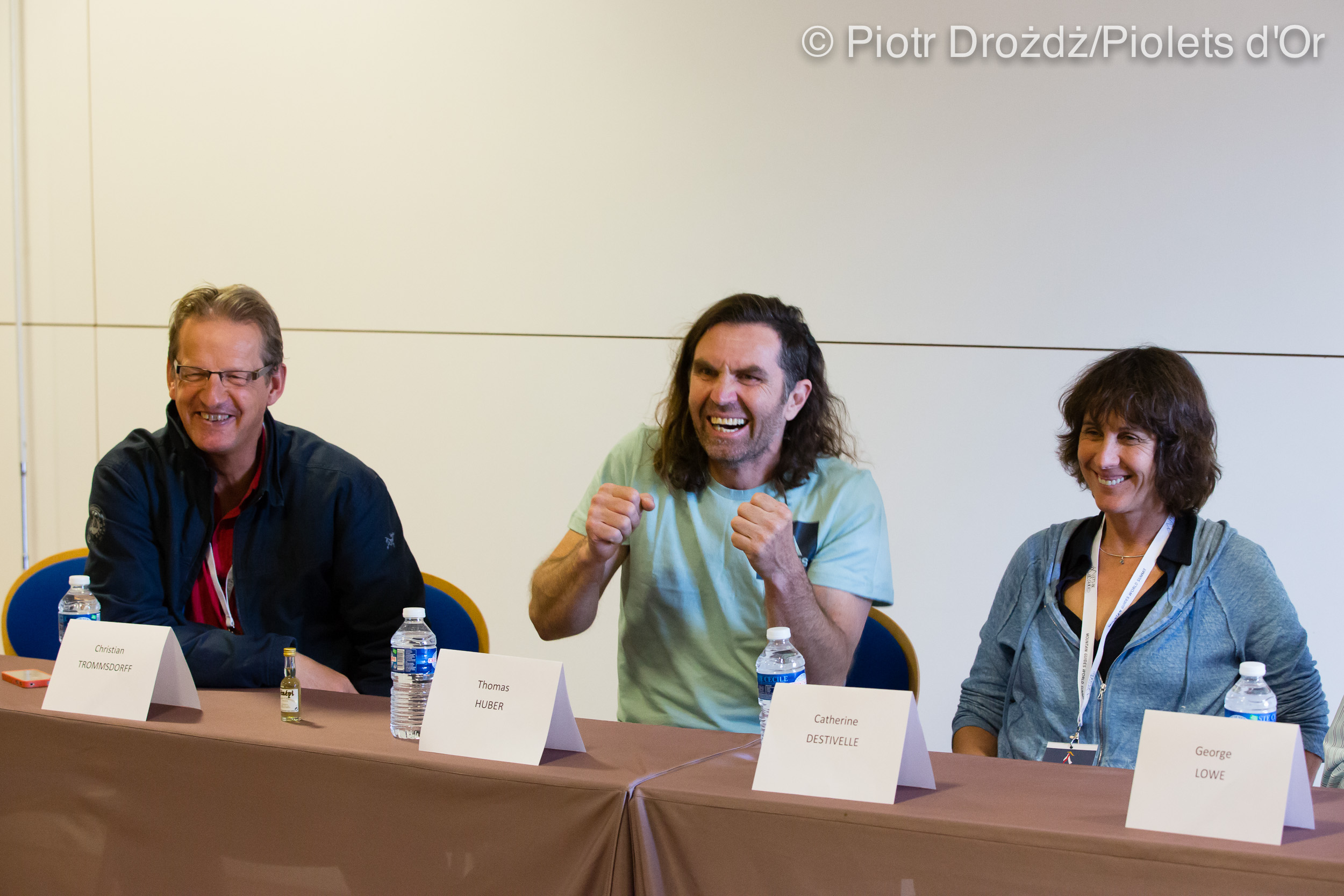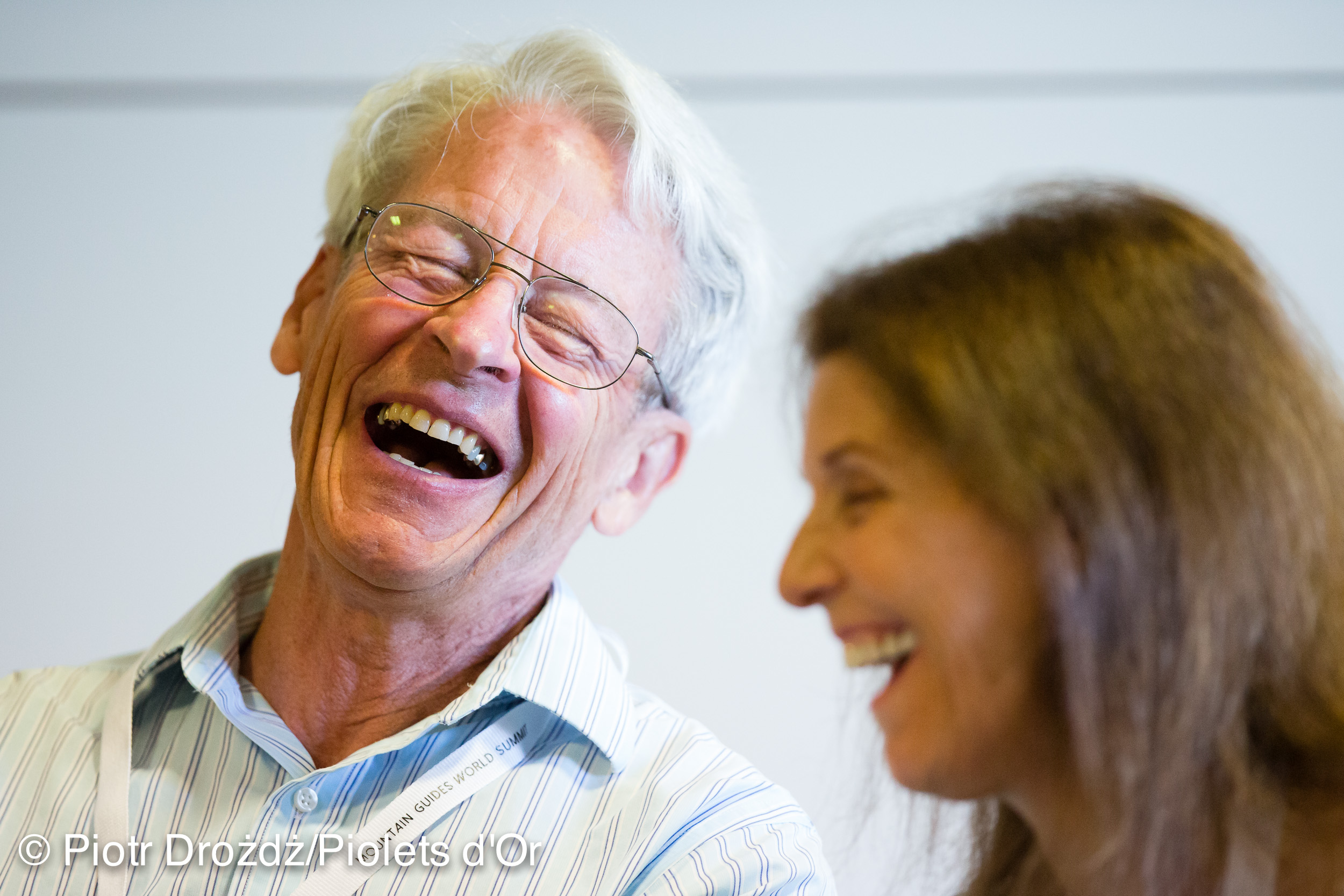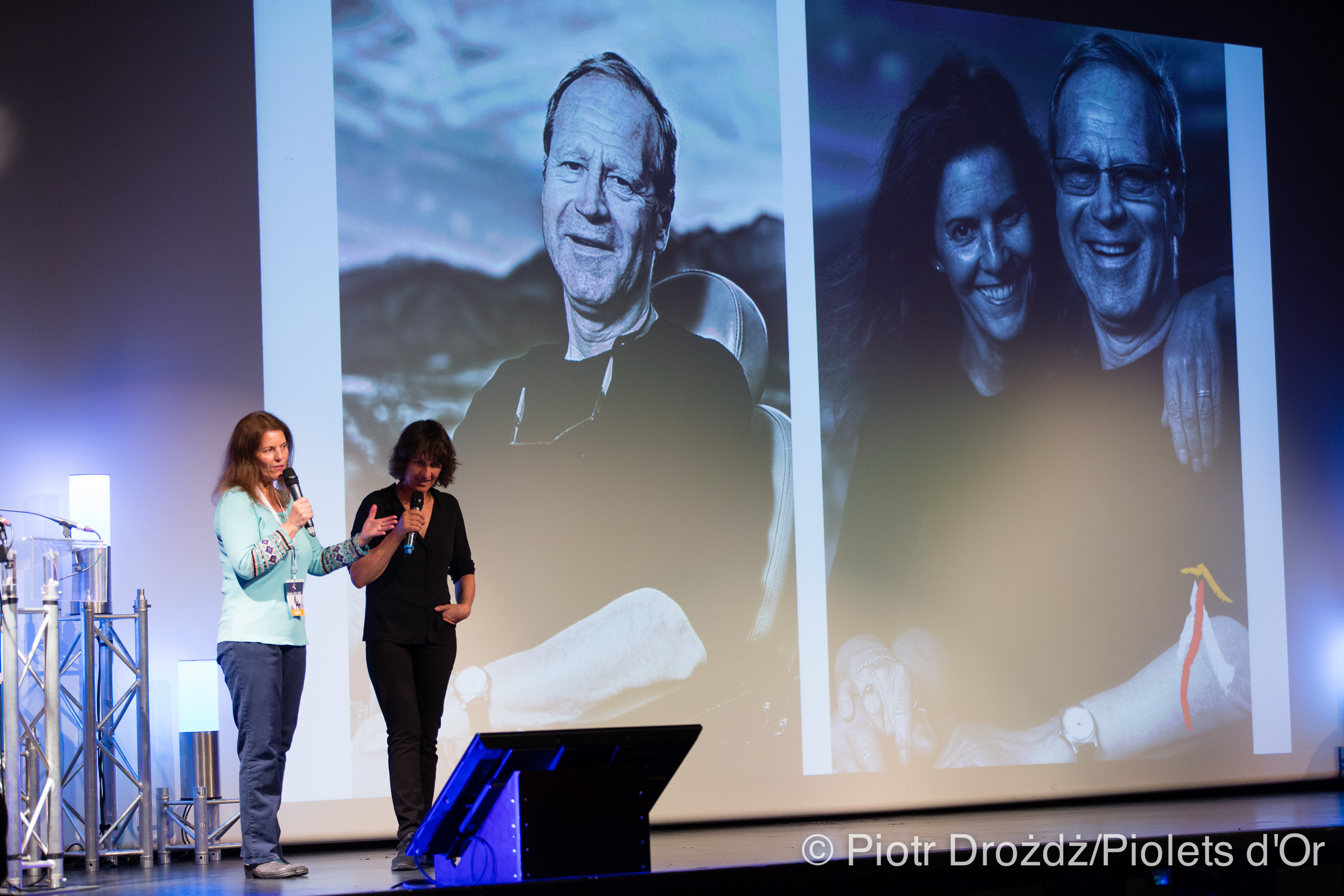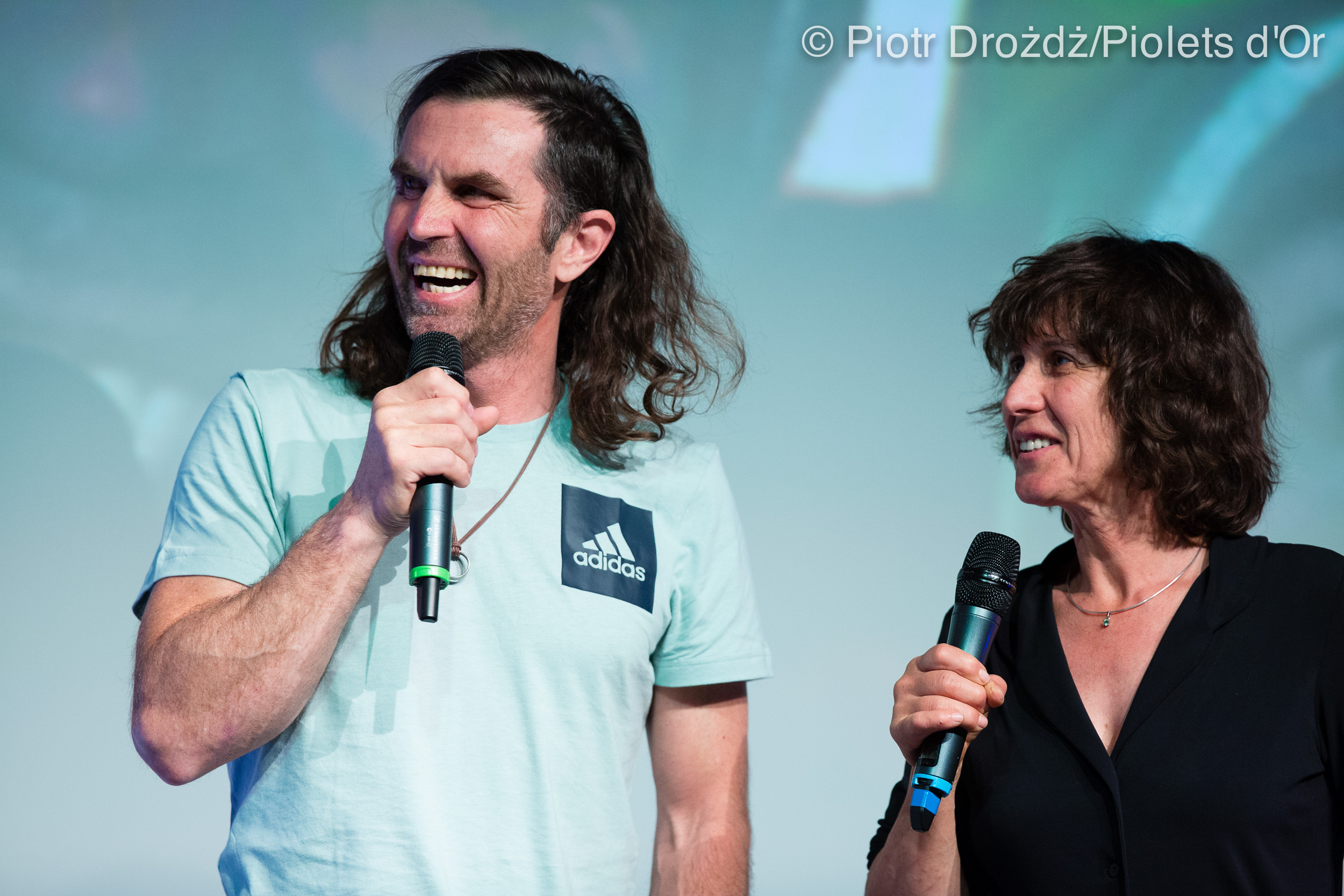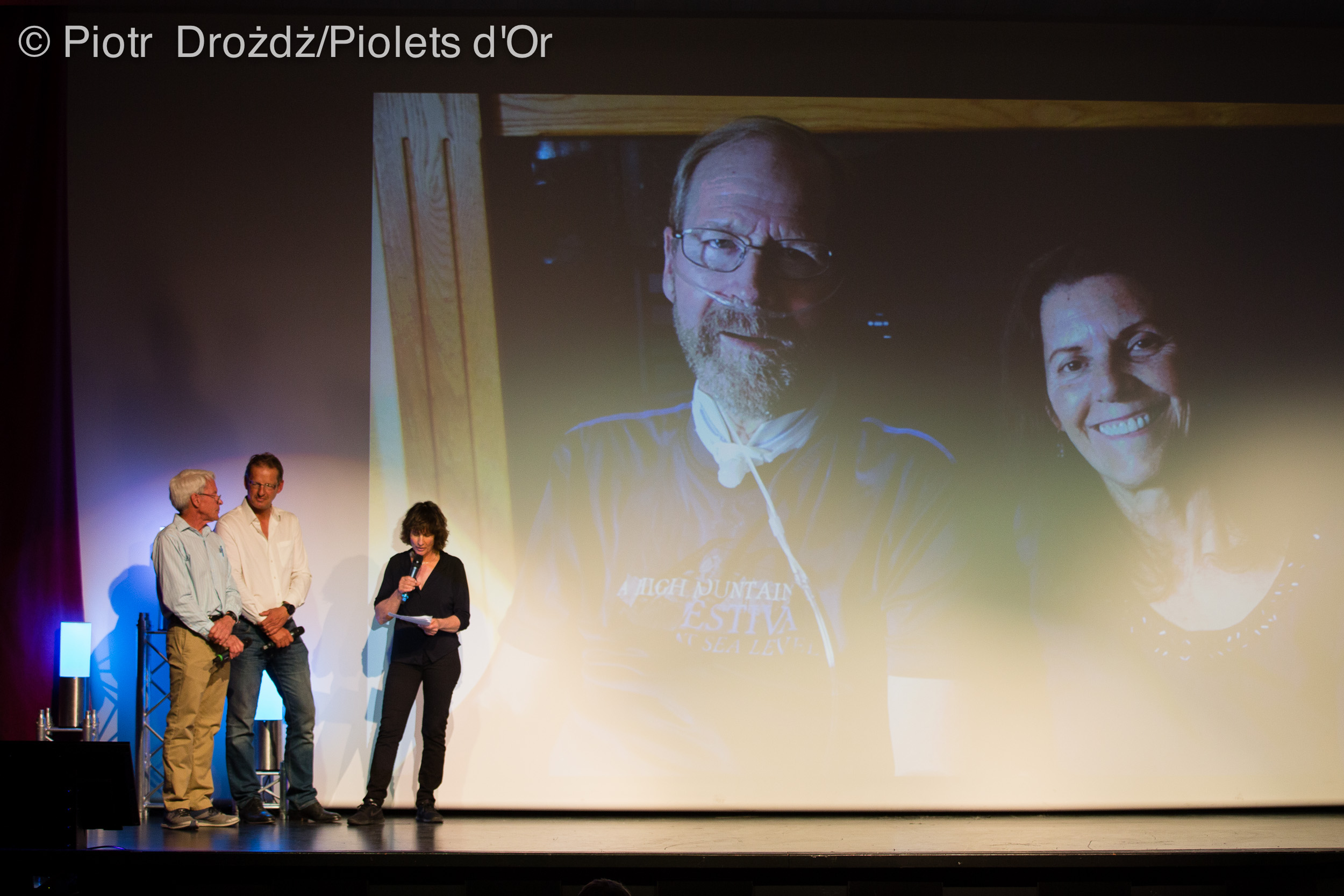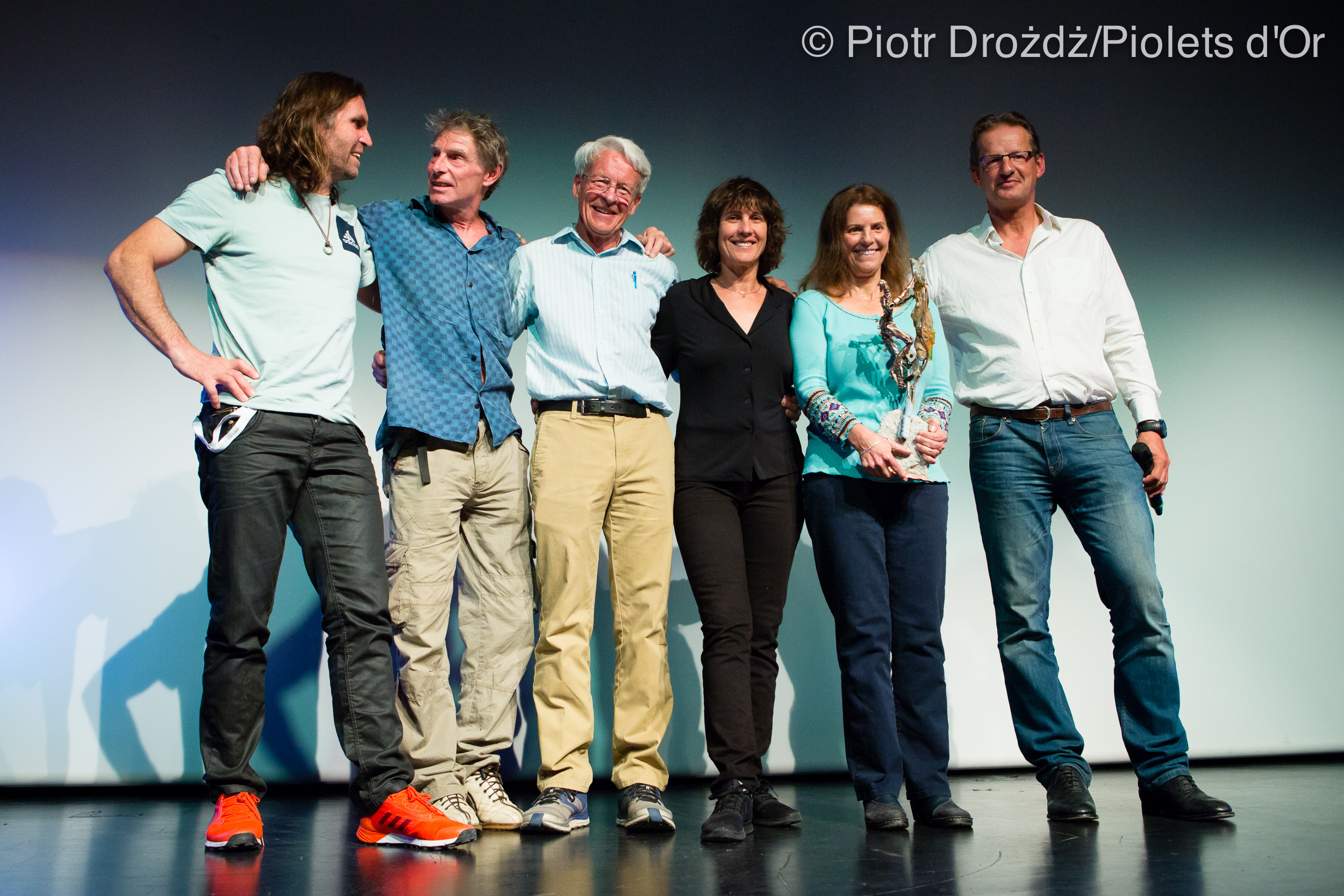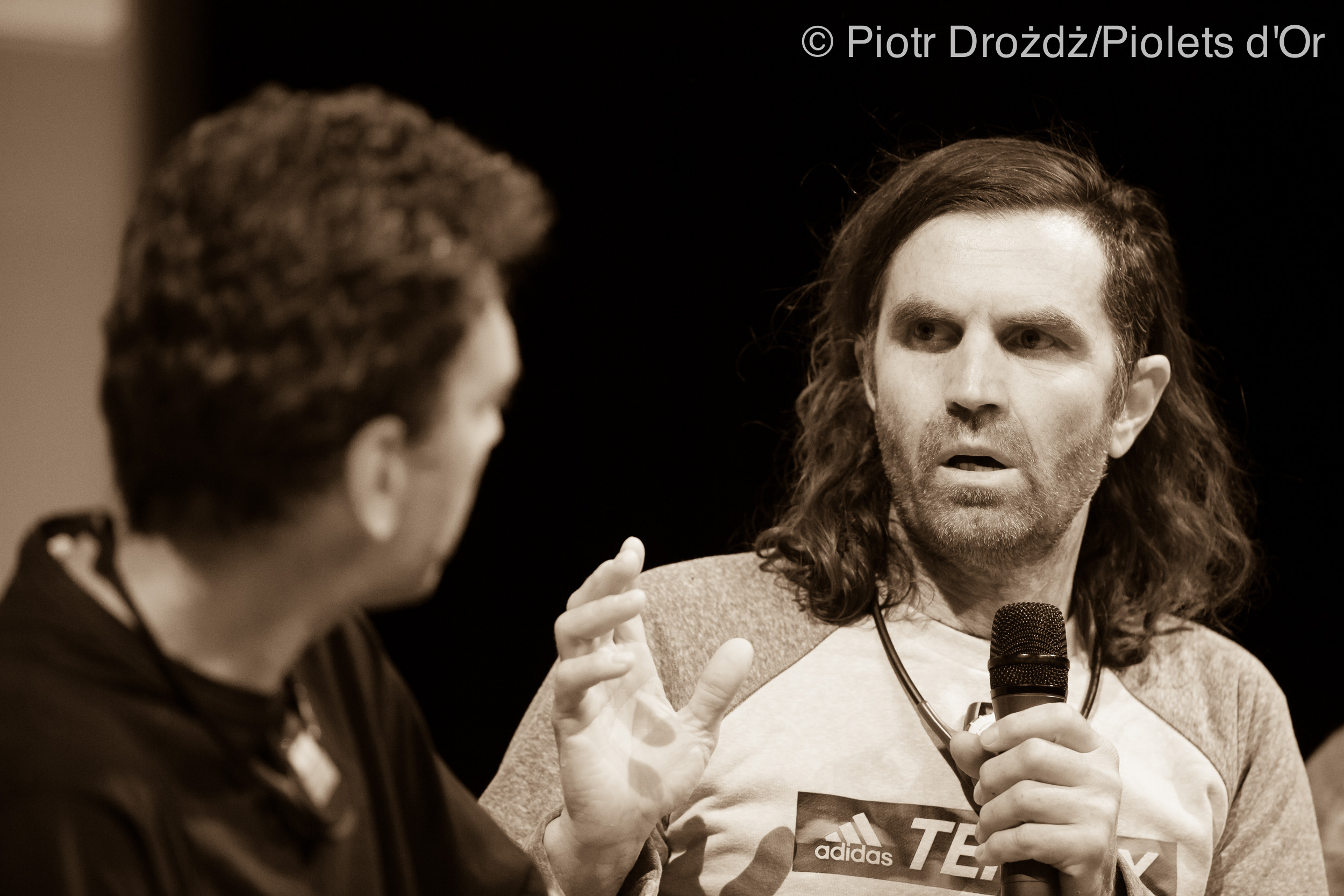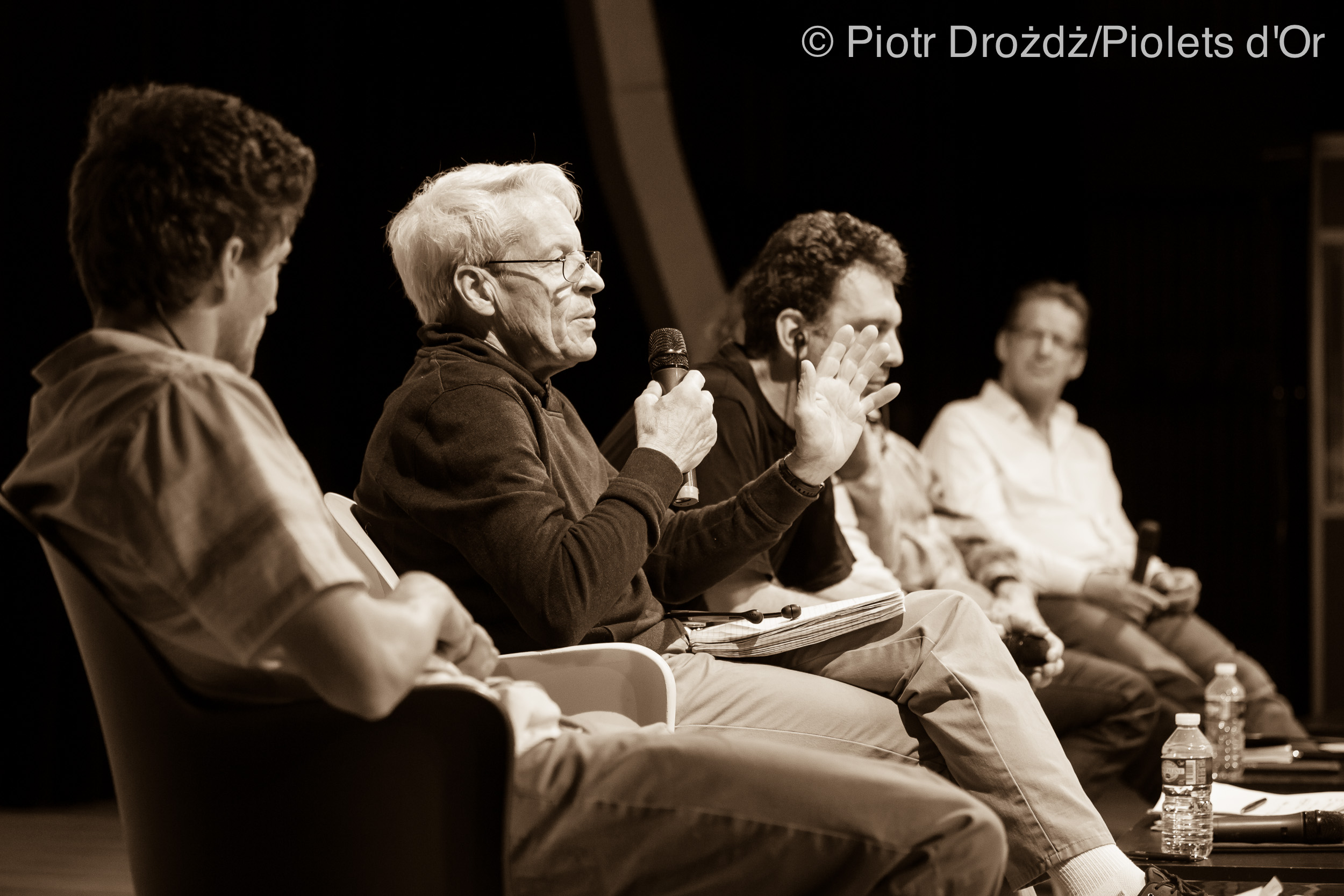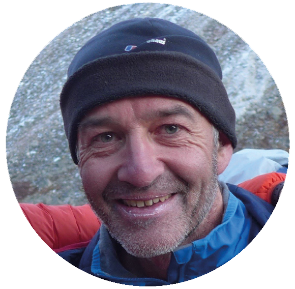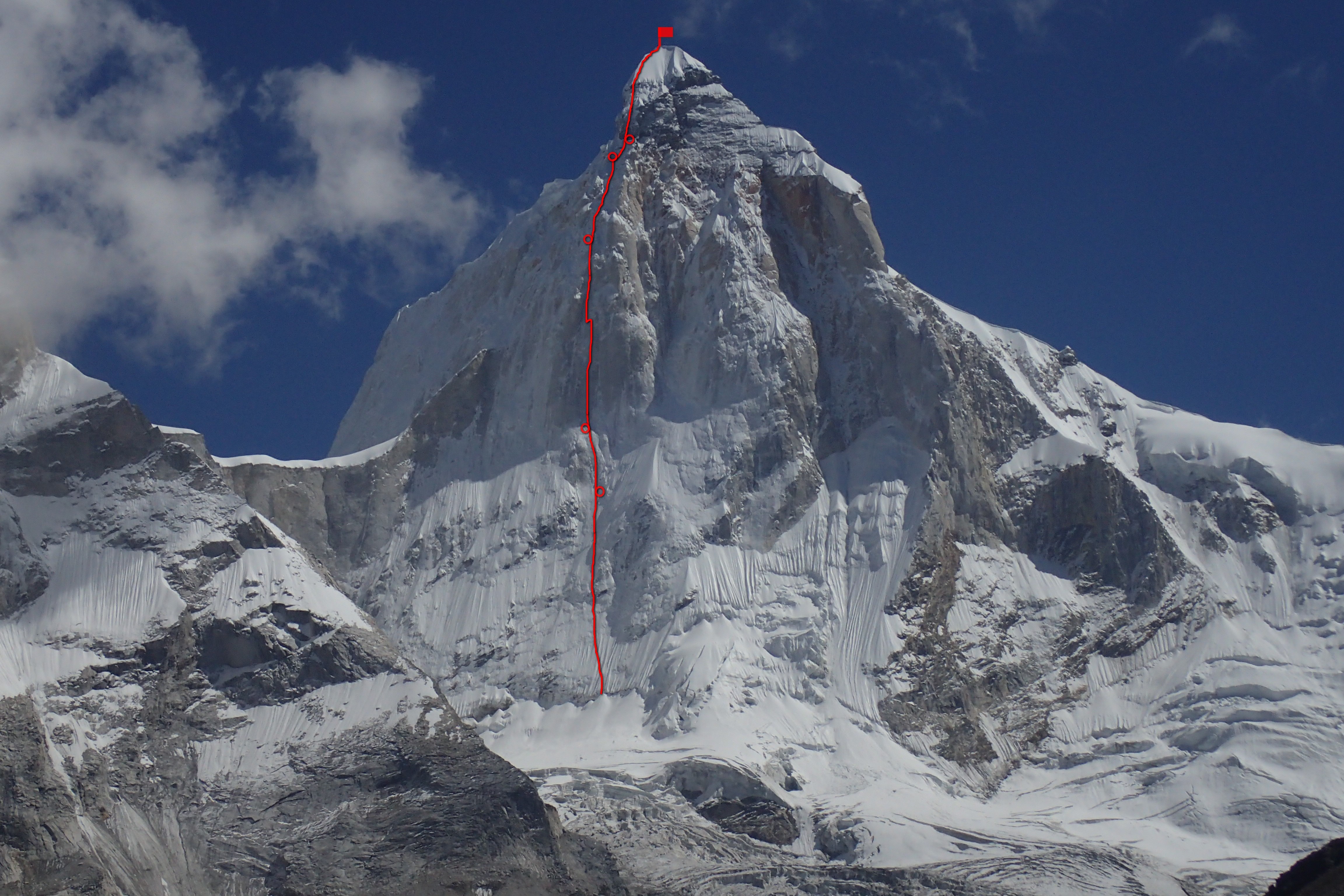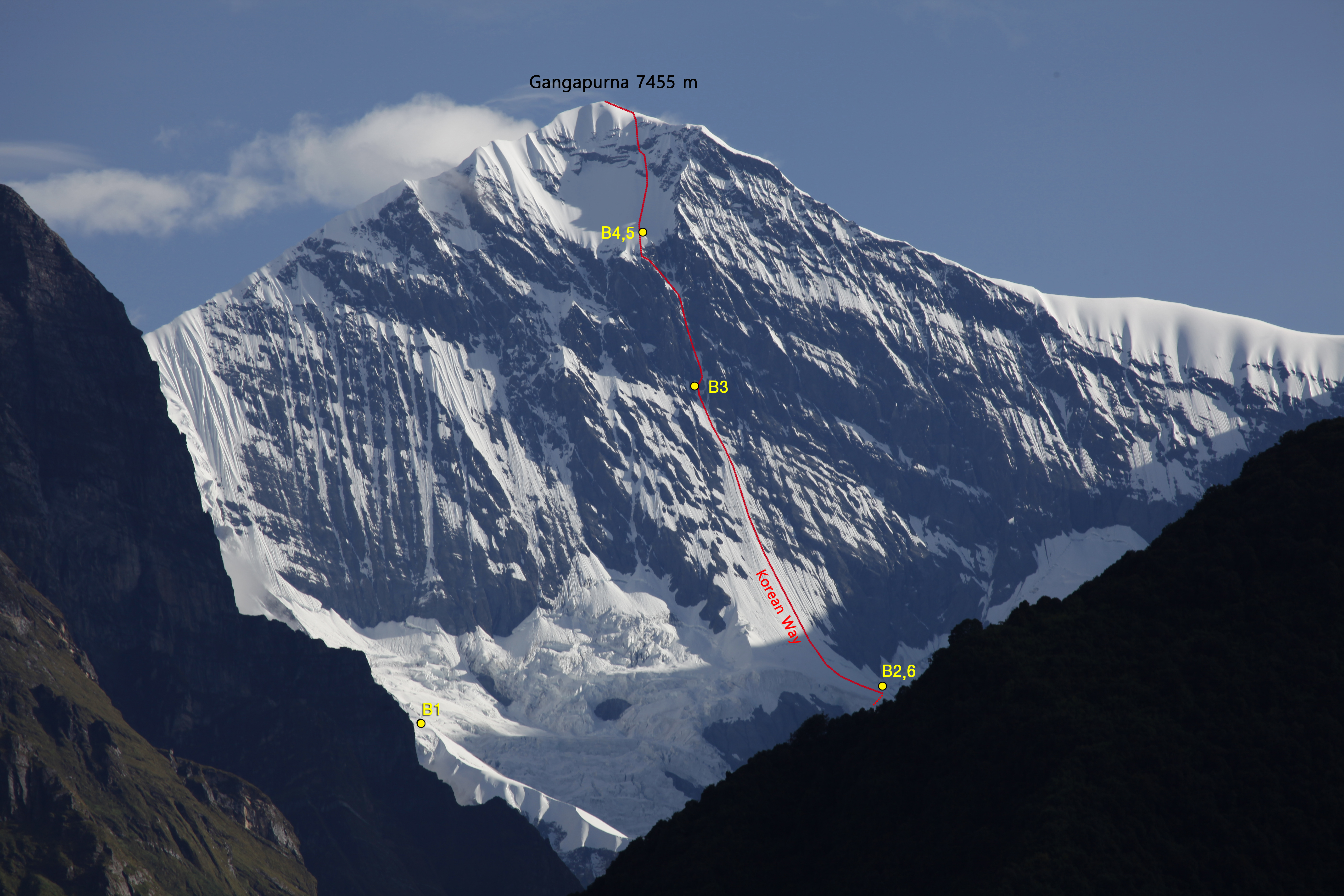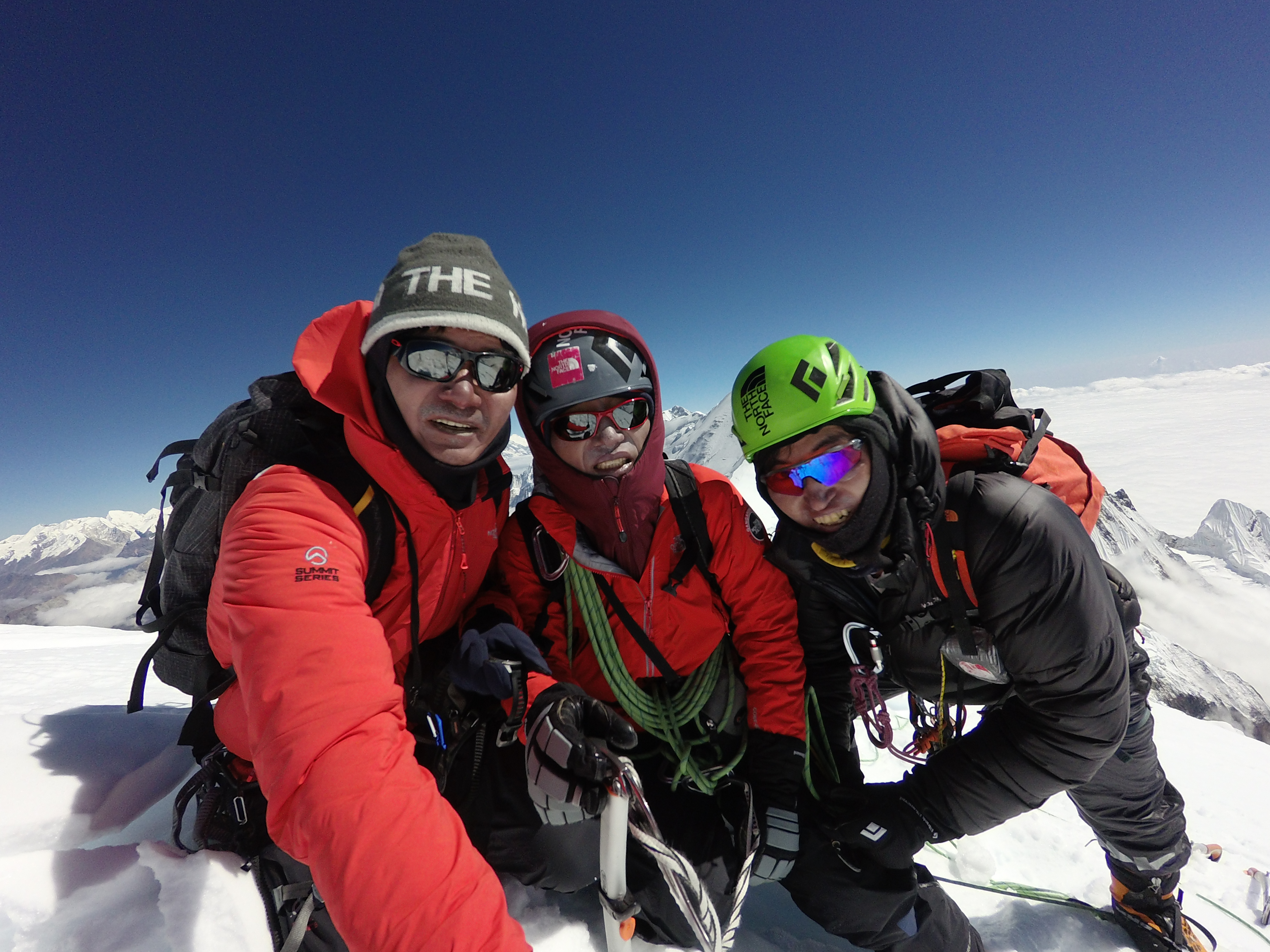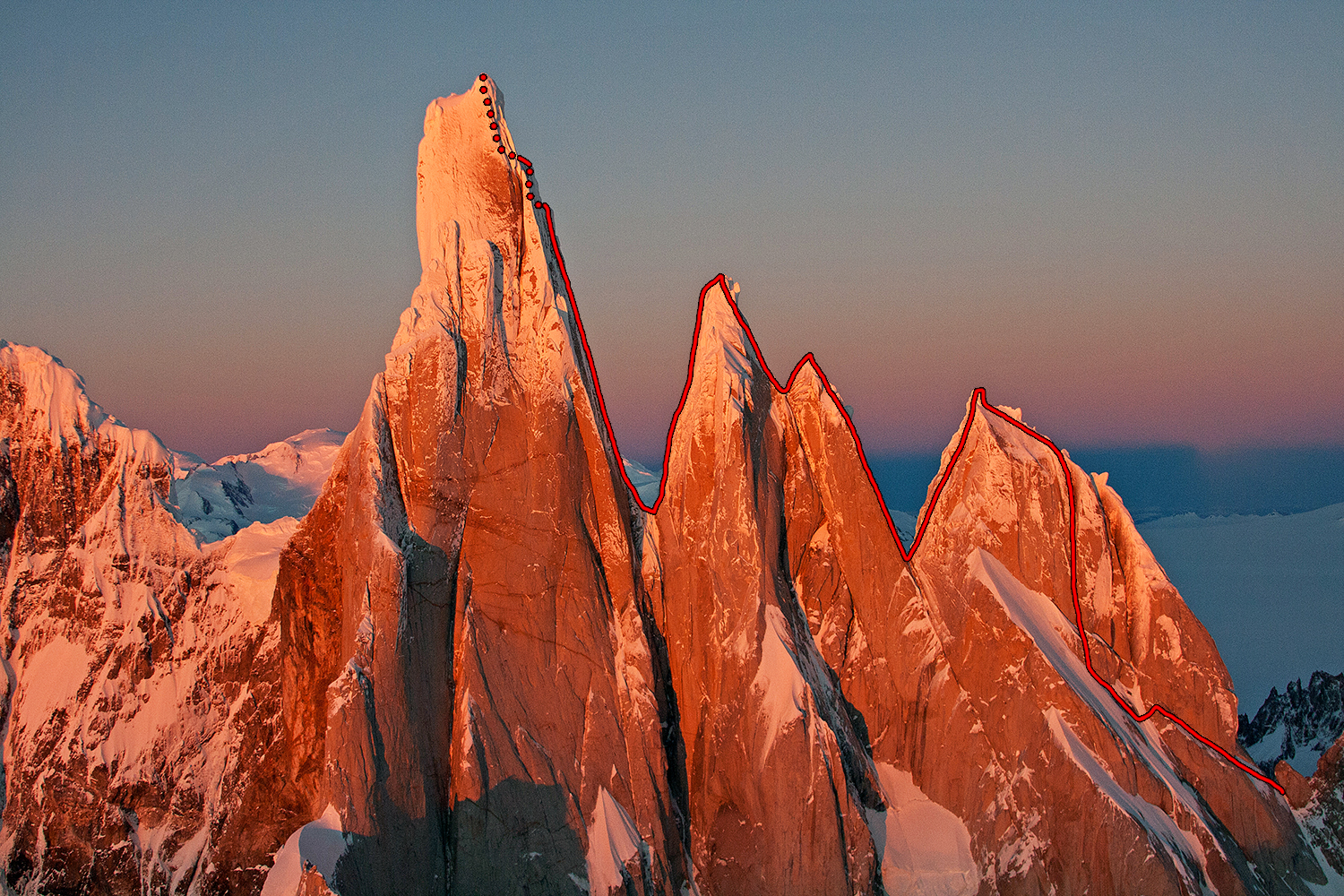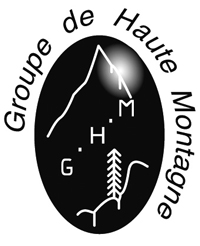Nyanchen Tanglha (7,046m - Tibet)
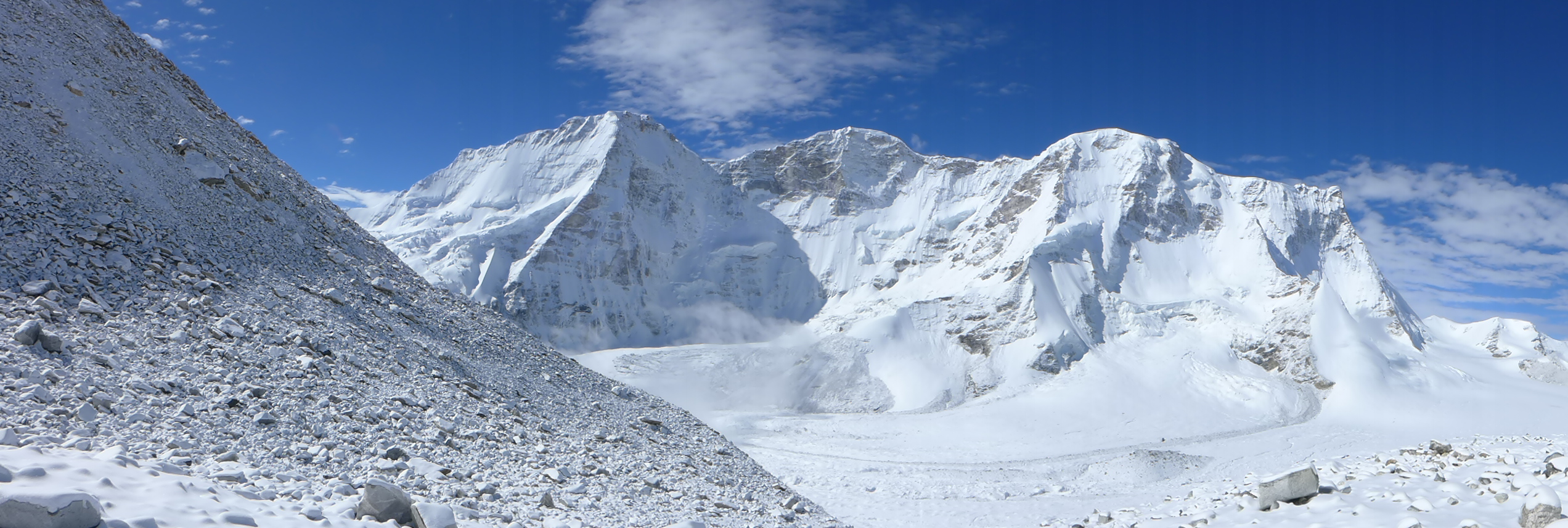
 7,046m southeast summit by British climbers Nick Bullock and Paul Ramsden. The pair climbed this icy face with four bivouacs - steep rock with thin veneers of ice in the lower section leading to an impressive arête higher up. The climbing proved excellent, reminiscent of the Colton-MacIntryre on the Grandes Jorasses, but at 6,700m it began to
7,046m southeast summit by British climbers Nick Bullock and Paul Ramsden. The pair climbed this icy face with four bivouacs - steep rock with thin veneers of ice in the lower section leading to an impressive arête higher up. The climbing proved excellent, reminiscent of the Colton-MacIntryre on the Grandes Jorasses, but at 6,700m it began to
snow, and the final section was somewhat hard work and avalanche prone.
Convinced that the best descent would be to follow the untouched east ridge, very steeply at its end, to a col, and then go down north to their base camp, the two set off, only to find dense cloud made travel a real navigational challenge. After another bivouac, a series of rappels, and, fortunately, a short clearing in the cloud allowing them to identify their precise position, the two reached the col, where they realized it was much safer to descend south and walk out an unknown valley.
The climb was highly exploratory and technical (ED+), and the summit the first 7,000er for both climbers.
